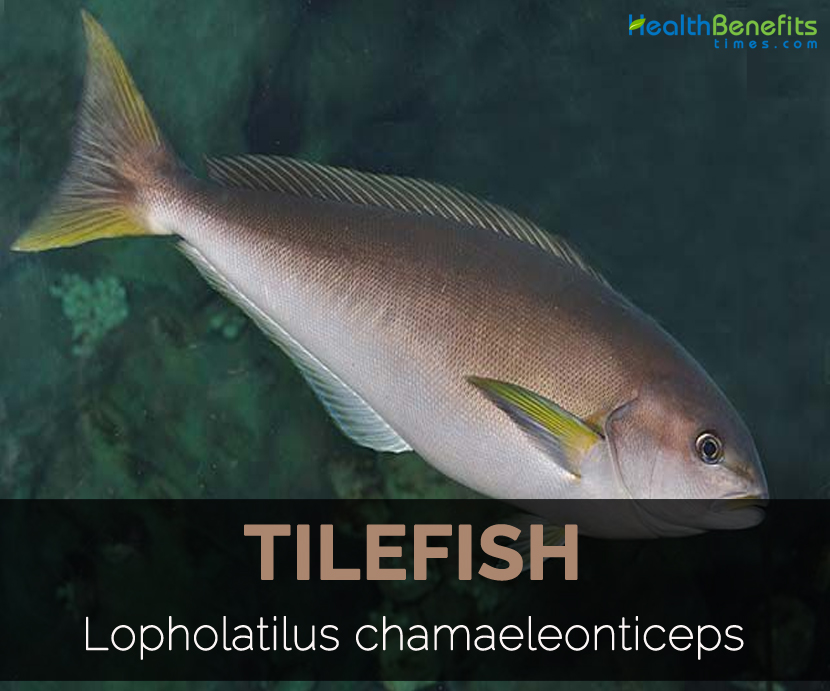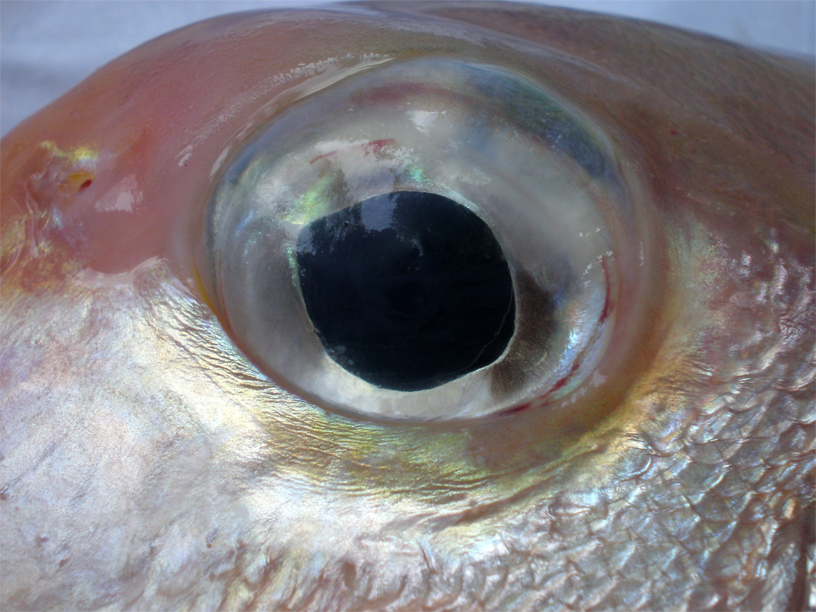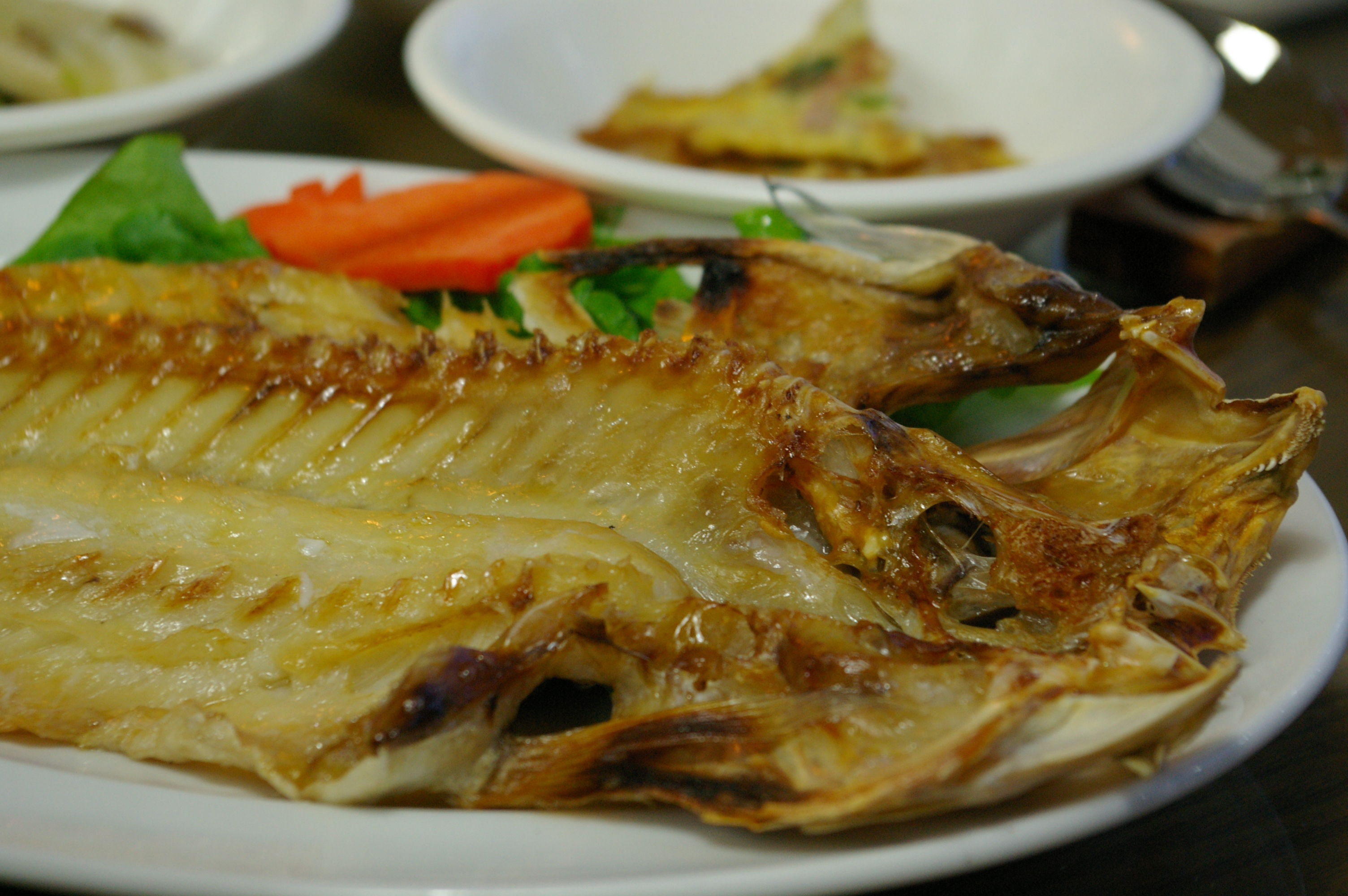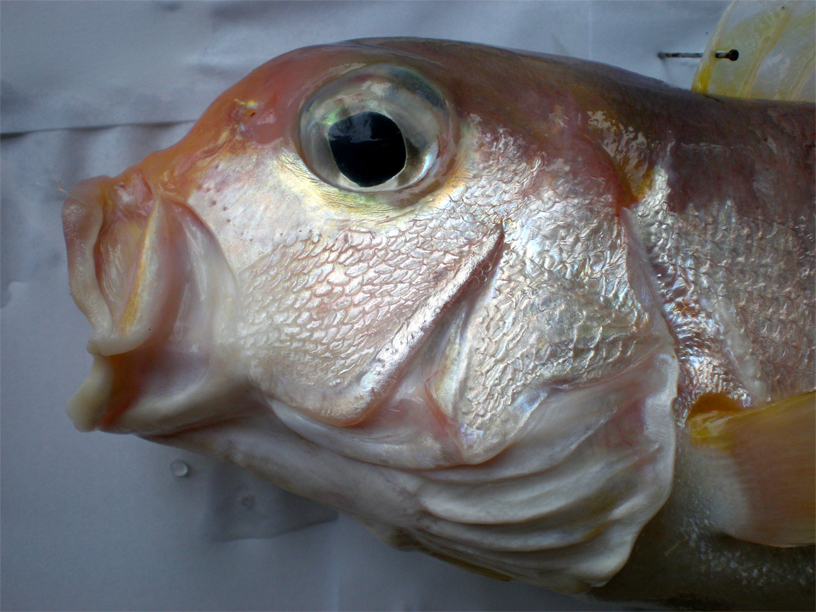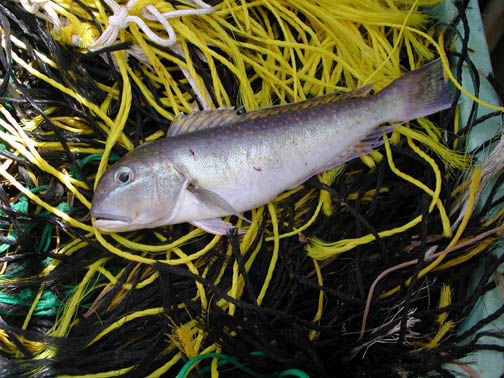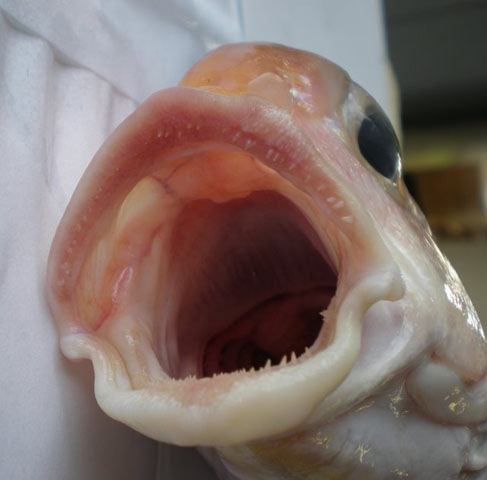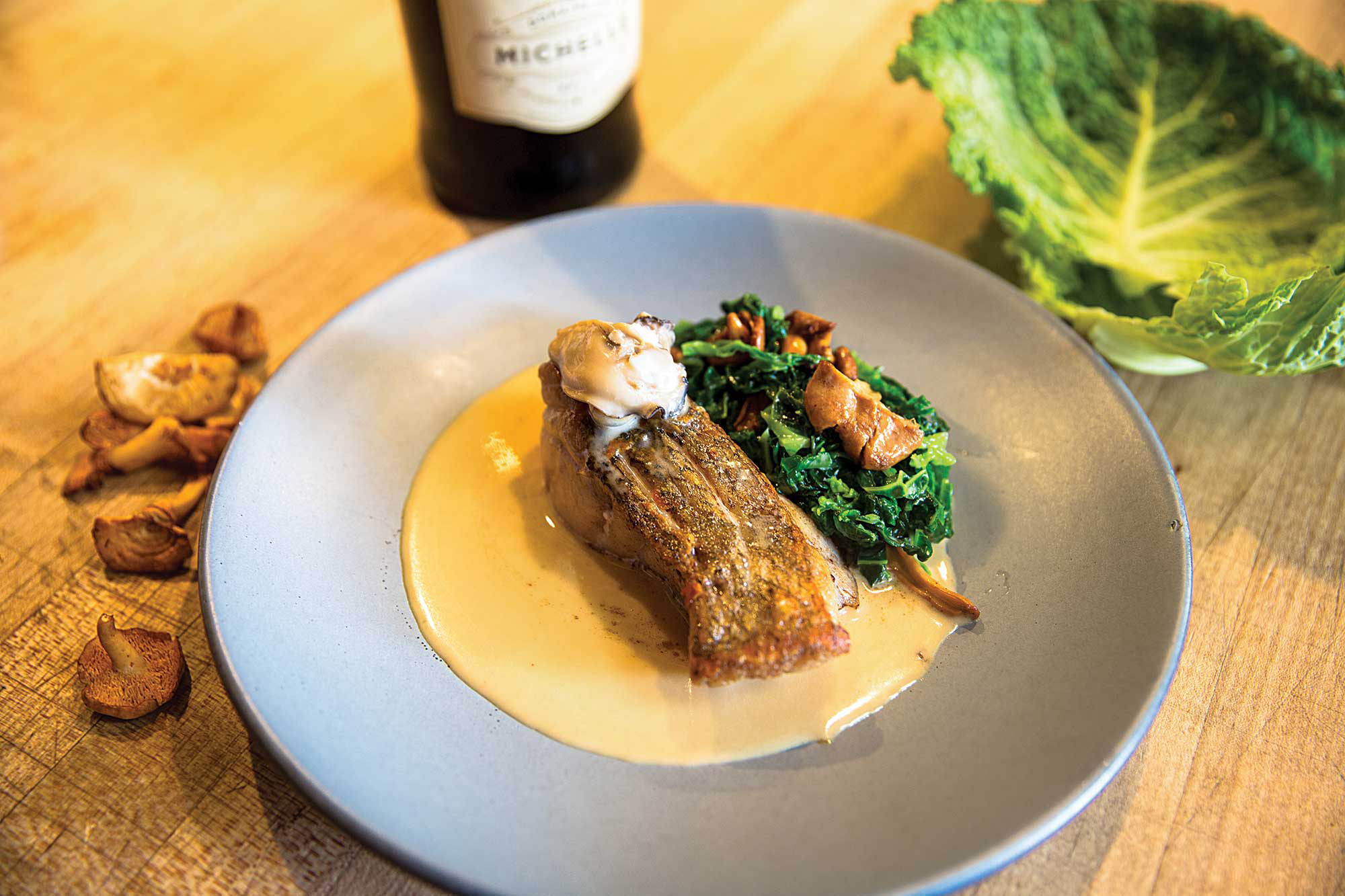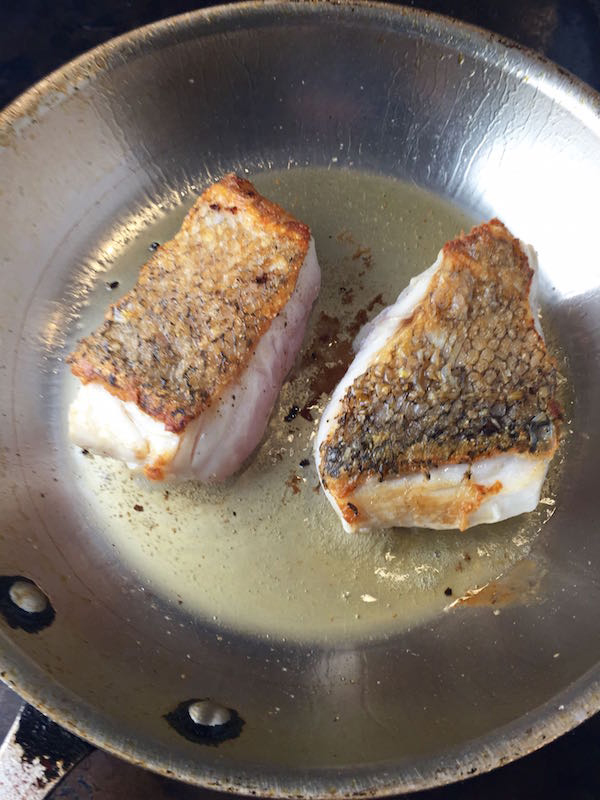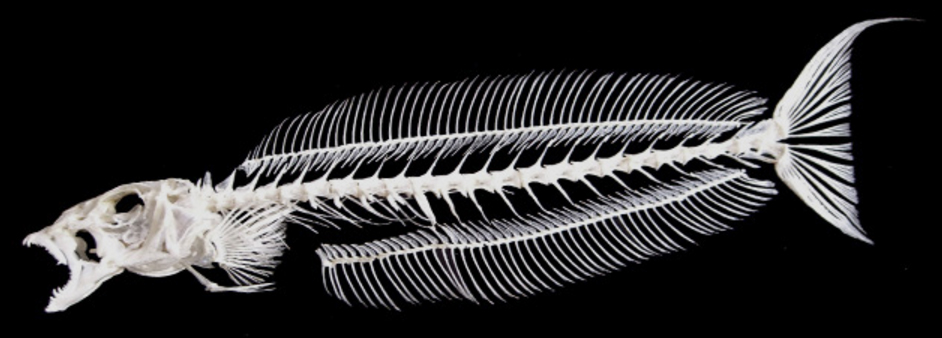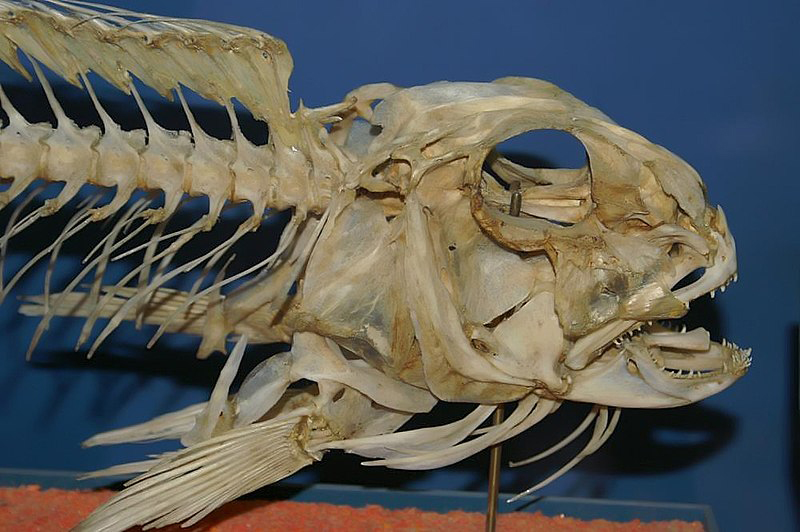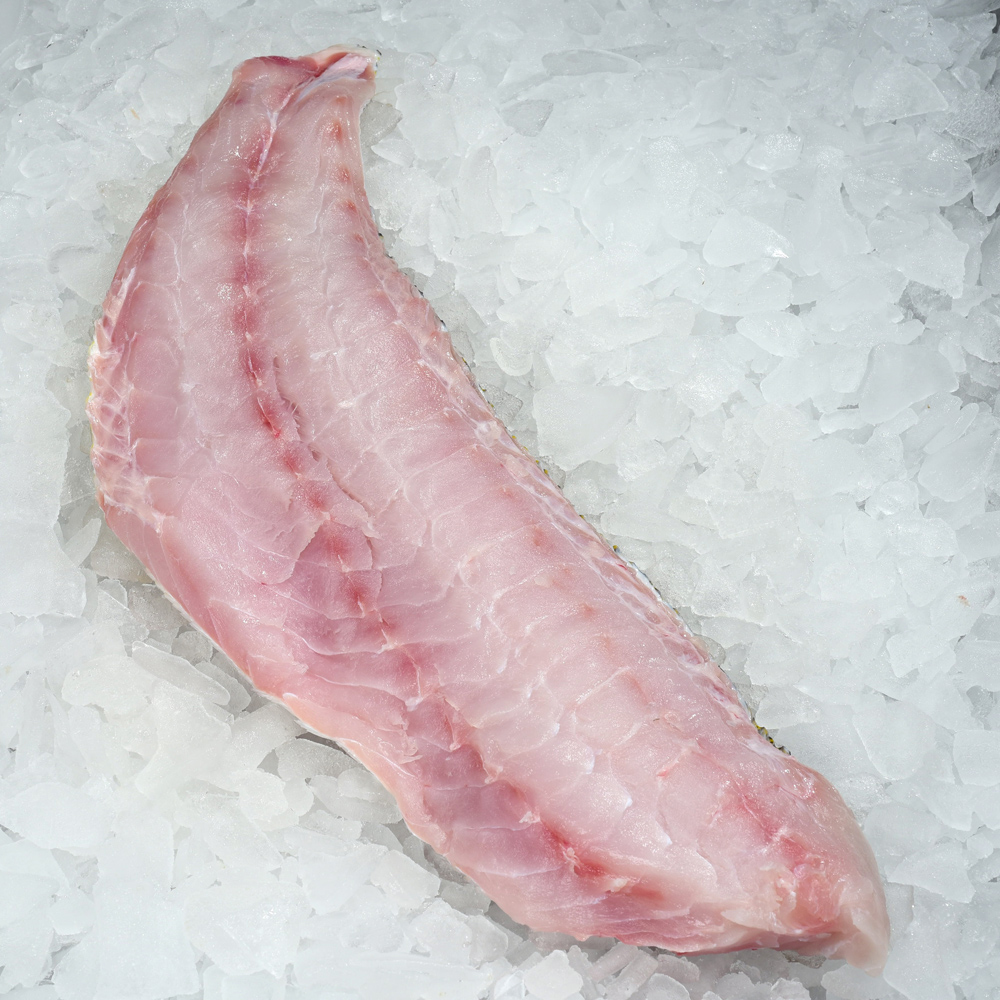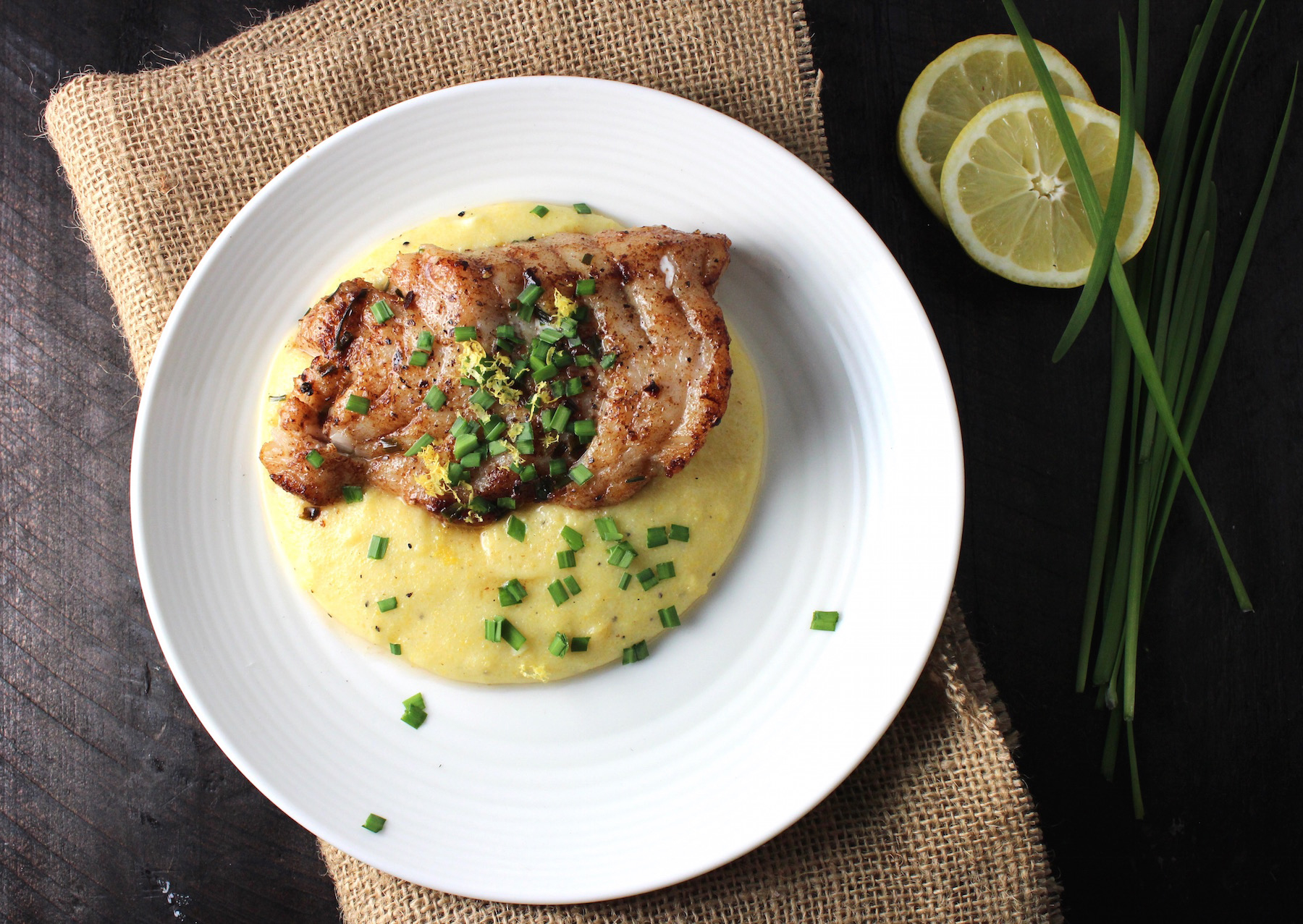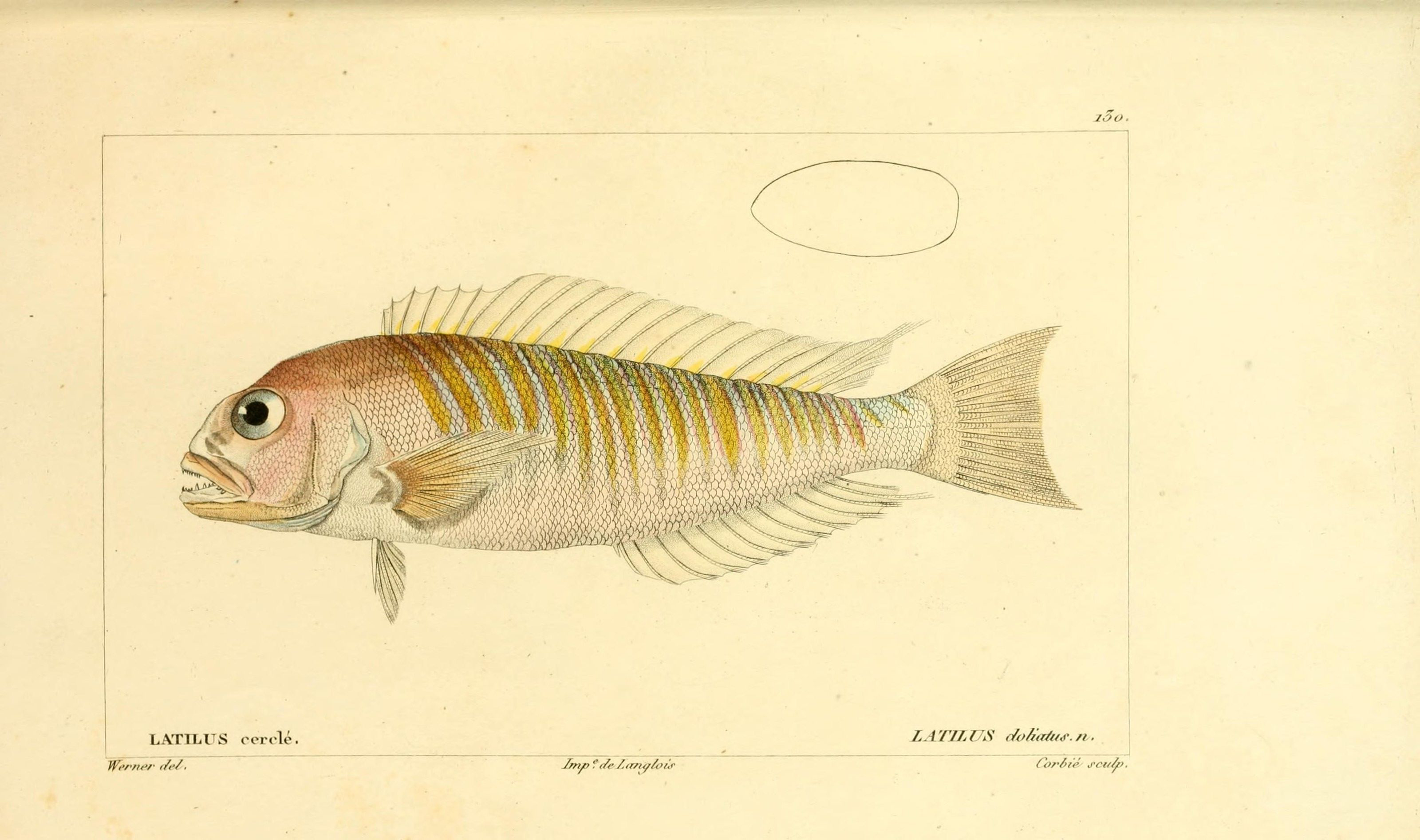Subfamilies have long anal and dorsal fins, latter with one or two spines. Gill covers have one spine which is blunt or sharp. Species have cutaneous ridge atop head. Tail fin ranges in truncated to forked shape. Most of the species have fairly low key in color having common shades of yellow, gray and brown. Larvae are important for generous complement of spines or serrations on head and scales.
Habitat and diet
Usually Tilefish are found at the depth of 50 to 200 m in both temperate and tropical waters of Pacific, Atlantic and Indian Oceans. This species look for shelter in self-made burrows, caves at base of reefs or piles of rock mostly in canyons and edges of steep slopes. The species are strictly marine mostly exceptionally blue blanquillo (Malacanthus latovittatus) which enters brackish water of Papua New Guinea’s Goldie River. Primarily they feed on small benthic invertebrates, crustaceans such as shrimp and crab. It also consumes sea urchins, worms, mollusks and small fish.
Behavior and Reproduction
Tilefish stays at the bottom. It relies on its keen eyesight to catch prey. The fish dives quickly into its constructed retreats with head first. Hoplolatilus chlupatyi (Chameleon sand tilefish) is able to change color to avoid predators. The species form monogamous pairs. Some are solitary and others are colonial. The species Hoplolatilus fronticinctus (rare pastel tilefish) of Indo Pacific builds large rubble mounds above school and in which they live. The mounds assist as refuge and micro-ecosystem for other reef species. Its reproductive habitats are not well studied. The spawning takes place throughout spring and summer. All the species are assumed not to guard its broods. Eggs are small about less than 2 mm and are made buoyant by oil. Larvae are pelagic and drift till fishes become juvenile.
Precautions
- Tilefish has high content of mercury.
- Consume it in moderate amounts.
- Consult the doctor by pregnant women and children before consuming it.
How to Eat
- Tilefish are steamed, poached, sautéed and microwaved.
- Add it to salad greens and pasta.
- Grill or broil it with lime butter and seasoned salt.
- Bake fish (whole) with shrimp or crab stuffing.
- Add the fish to soups and sauces.
References:
https://www.seafoodsource.com/seafood-handbook/finfish/tilefish
http://www.foodreference.com/html/art-tilefish-7806.html
https://nutritionforyoublog.wordpress.com/tag/tilefish/
Comments
| Tilefish Quick Facts | |
|---|---|
| Name: | Tilefish |
| Scientific Name: | Lopholatilus chamaeleonticeps |
| Shapes | Elongated, 11 cm to 125 cm |
| Flesh colors | Pinkish-white |
| Taste | Mild |
| Calories | 220 Kcal./cup |
| Major nutrients | Vitamin B-12 (156.25%) Selenium (140.36%) Isoleucine (101.20%) Lysine (100.90%) Tryptophan (93.41%) |
| Name | Tilefish |
|---|---|
| Scientific Name | Lopholatilus chamaeleonticeps |
| Common/English Name | Blanquillo, Tilefishes |
| Name in Other Languages | French: Malacanthidae, tiles; Japanese: Kitsuneamadai-ka (キツネアマダイ科); Spanish: blanquillos |
| Body shape & size | 11 cm to 125 cm |
| Color | Raw: Pinkish-white Cooked: White |
| Flavor | Mild but distinctive |
| Texture | Firm, flaky |
| Taste | Mild |
| Major Nutritions | Vitamin B-12 (Cobalamine) 3.75 µg (156.25%) Selenium, Se 77.2 µg (140.36%) Isoleucine 1.692 g (101.20%) Lysine 3.374 g (100.90%) Tryptophan 0.411 g (93.41%) Threonine 1.611 g (91.53%) Valine 1.893 g (89.63%) Histidine 1.081 g (87.74%) Leucine 2.985 g (80.76%) Protein 36.73 g (73.46%) |
| Calories in 0.5 fillet (150 g) | 220 Kcal. |


